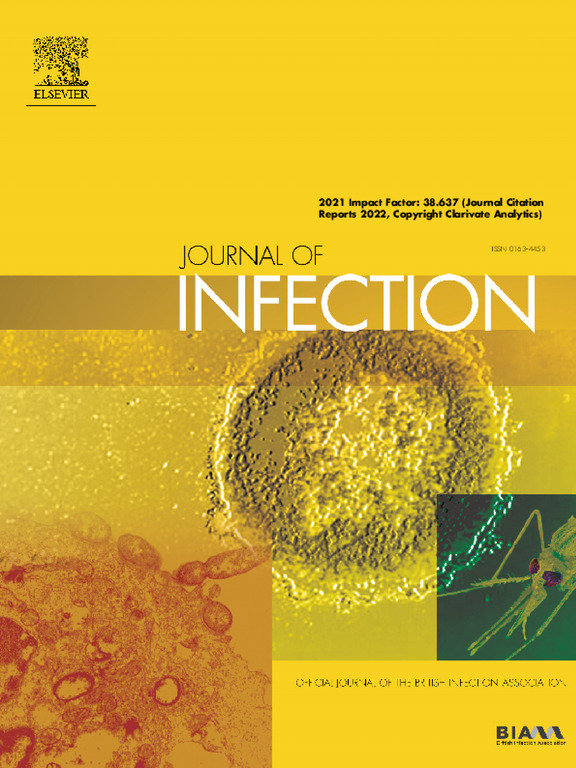Global epidemiology, seasonality and climatic drivers of the four human parainfluenza virus types
IF 14.3
1区 医学
Q1 INFECTIOUS DISEASES
引用次数: 0
Abstract
Objectives
Human parainfluenza viruses (hPIV) are a common cause of acute respiratory infections, especially in children under five years and the elderly. hPIV can be subclassified as types 1–4: these showed various seasonality patterns worldwide, and it is unclear how climatic factors might consistently explain their global epidemiology.
Methods
This study collected time-series incidence data from the literature and hPIV surveillance programs worldwide (47 locations). Wavelet analysis and circular statistics were used to detect the seasonality and the months of peak incidence for each hPIV type. Relationships between climatic drivers and incidence peaks were assessed using a generalized estimating equation.
Results
The average positive rate of hPIV among patients with respiratory symptoms was 5.6% and ranged between 0.69–3.48% for different types. In the northern temperate region, the median peak incidence months for hPIV1, hPIV2, and hPIV4 were from September to October, while for hPIV3, it was in late May. Seasonal peaks of hPIV3 were associated with higher monthly temperatures and lower diurnal temperatures range throughout the year; hPIV4 peaks appeared to correlate with lower monthly temperatures and higher precipitation throughout the year. Different hPIV types exhibit different patterns of global epidemiology and transmission.
Conclusions
Climate drivers may play a role in hPIV transmission. More comprehensive and coherent surveillance of hPIV types would enable more in-depth analyses and inform the timing of preventive measures.
四种人类副流感病毒类型的全球流行病学、季节性和气候驱动因素。
目的:人类副流感病毒(hPIV)是急性呼吸道感染的常见原因,特别是在五岁以下儿童和老年人中。hPIV可细分为1-4型:它们在世界范围内表现出不同的季节性模式,气候因素如何一致地解释其全球流行病学尚不清楚。方法:本研究从文献和全球47个地点的hPIV监测项目中收集了时间序列发病率数据。采用小波分析和循环统计方法检测各类型hPIV的季节性和发病高峰月份。利用广义估计方程评估了气候驱动因素与发病率峰值之间的关系。结果:呼吸道症状患者hPIV平均阳性率为5.6%,不同类型hPIV阳性率在0.69 ~ 3.48%之间。在北温带地区,hPIV1、hPIV2和hPIV4的中位发病高峰期为9 - 10月,而hPIV3的中位发病高峰期为5月下旬。hPIV3的季节高峰与全年较高的月气温和较低的日温差有关;hPIV4峰值似乎与全年较低的月气温和较高的降水有关。不同类型的hPIV表现出不同的全球流行病学和传播模式。结论:气候因素可能在hPIV传播中发挥作用。对hPIV类型进行更全面和连贯的监测将能够进行更深入的分析,并为采取预防措施的时机提供信息。
本文章由计算机程序翻译,如有差异,请以英文原文为准。
求助全文
约1分钟内获得全文
求助全文
来源期刊

Journal of Infection
医学-传染病学
CiteScore
45.90
自引率
3.20%
发文量
475
审稿时长
16 days
期刊介绍:
The Journal of Infection publishes original papers on all aspects of infection - clinical, microbiological and epidemiological. The Journal seeks to bring together knowledge from all specialties involved in infection research and clinical practice, and present the best work in the ever-changing field of infection.
Each issue brings you Editorials that describe current or controversial topics of interest, high quality Reviews to keep you in touch with the latest developments in specific fields of interest, an Epidemiology section reporting studies in the hospital and the general community, and a lively correspondence section.
 求助内容:
求助内容: 应助结果提醒方式:
应助结果提醒方式:


